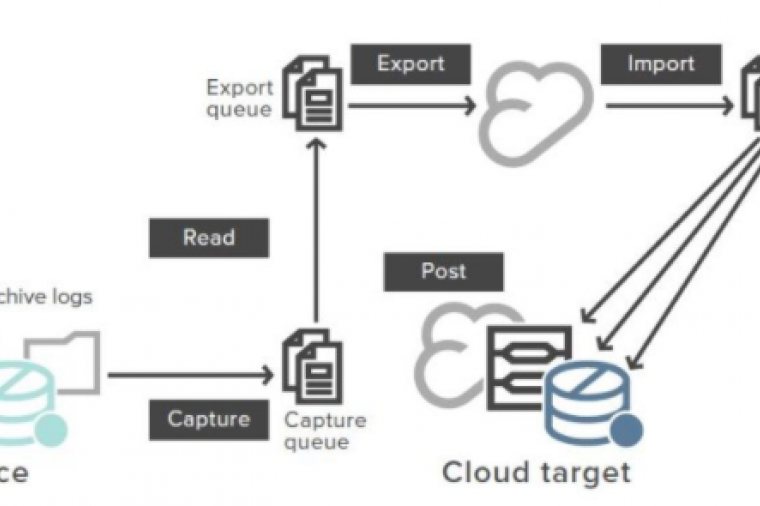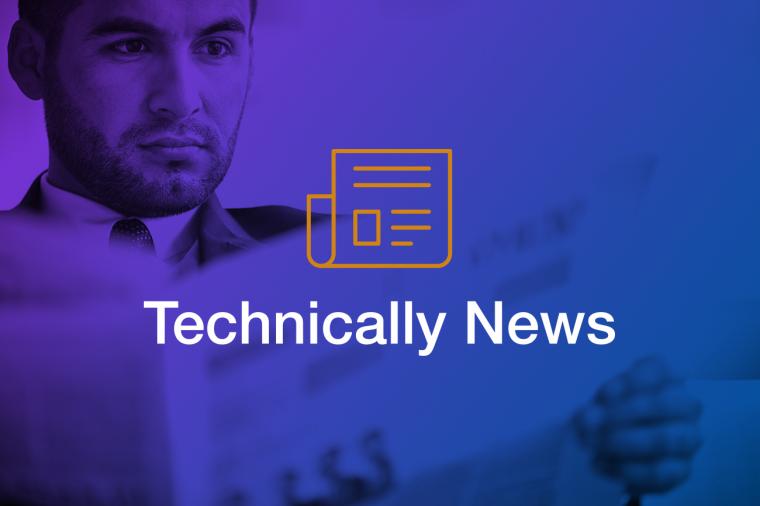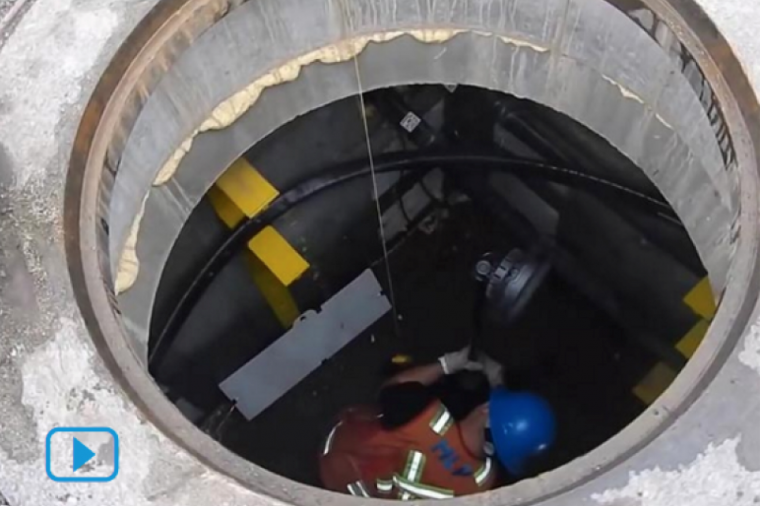During FFYE, Good Requirements Help Both Government and Industry

The old business adage runs, “Nothing happens until somebody sells something.” To which you might add this corollary: nothing good happens in the absence of strong requirements.
It’s generally incumbent on the government to write requirements on which contractors bid. The reality is far more complicated. Fairly simple requirements for standard, commercial products give way to a longer process of market research, vendor meetings, requests for information, and final requests for quotes in the case of more complex projects. When buying goods and services to, say, modernize legacy systems, deploy digital services, or reduce improper payments with data analytics, agencies and contractors often have a long period of interaction before the release of the RFQ.
You can’t help an agency write requirements and then bid on the work, as that puts your company in an organizational conflict of interest. And we’re not talking about illegally or surreptitiously “wiring” RFQs. Rather, it is understanding the perfectly acceptable, FAR-endorsed ways to guide or influence an agency’s thinking, or at least getting them to understand solutions in terms of the specific technology you offer.
Agencies want this information. This need for knowledge has given rise to reverse industry days, those beauty pageants at which successive vendors display their capabilities. The desire for information also sparked a revival—if not always followed—of oral down-select presentations and the use of pre-solicitation discussions. Both totally sanctioned by the FAR as the Obama-era Mythbusters guidance emphasized.
In short, the government can write more actionable requirements when contracting officers and their representatives, as well as program officers, all know what the tech industry and its products are capable.
When it comes to year-end business or other tasks, technology providers and the government want to complete quickly, actionable requirements become extra important.
One basic question: Is the contracting vehicle the government intends to use the best or even appropriate one for what it’s trying to do? It would be unwise to try and acquire hardware along through a services vehicle, even one that may have delivered hardware as ancillary items under a services task order. And vice versa.
Other questions you can encourage your federal customers to ask themselves:
● Does the request conform to known or published specifications of products requested? This might be an obvious condition, but in reality, the government sometimes asks for product specifications that simply don’t exist or exceed what is commercially available.
● Does the request include the most logical vendors? Often a manufacturer’s resellers or other channel partners have the inventory, systems, and incentives to deliver quickly.
● Are services requirements well-defined? Services represent a growing portion of federal contracting dollars. So more companies are standardizing service offerings, pushed by federal procurement policies on fixed prices.
● When acquiring software, is the requirement written in such a way that several bidders could reasonably be expected to complete the code. Are APIs, languages, and databases clearly specified?
Vendors who did their spade work during fiscal 2019 will be in the best chance to act on requirements coming out in 2020, just as those who’ve been staying close to their customers this calendar year will have had the best chance to influence requirements for fiscal 2021.








































